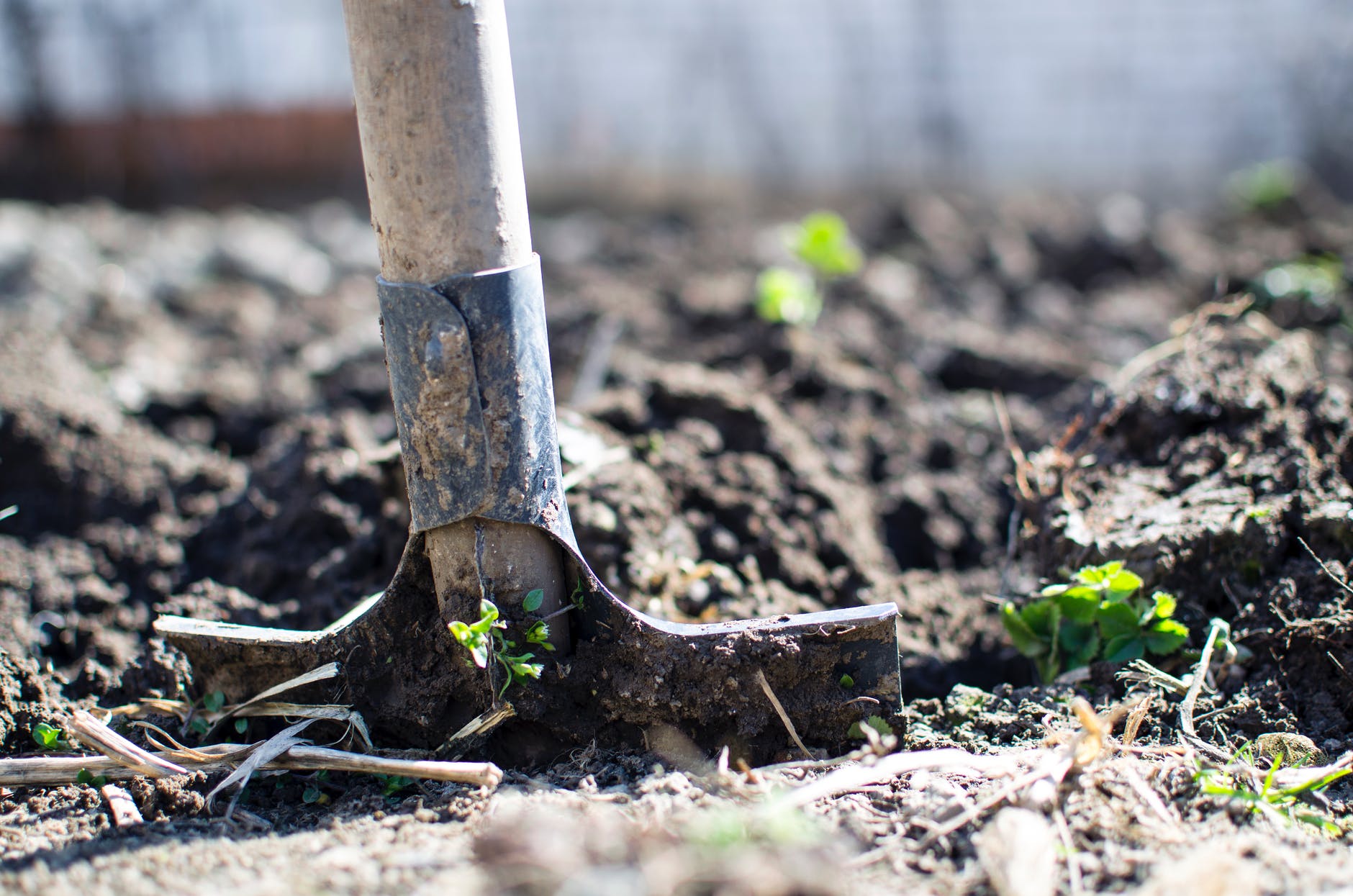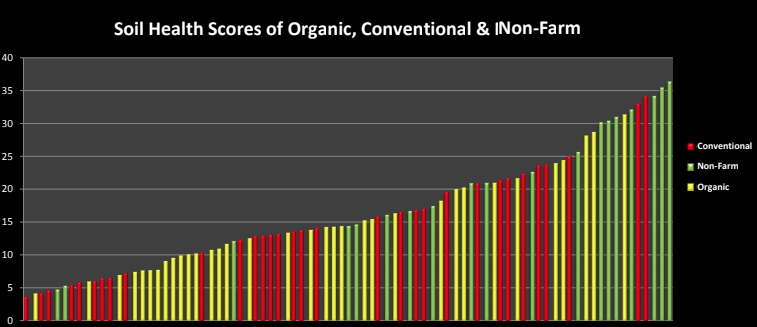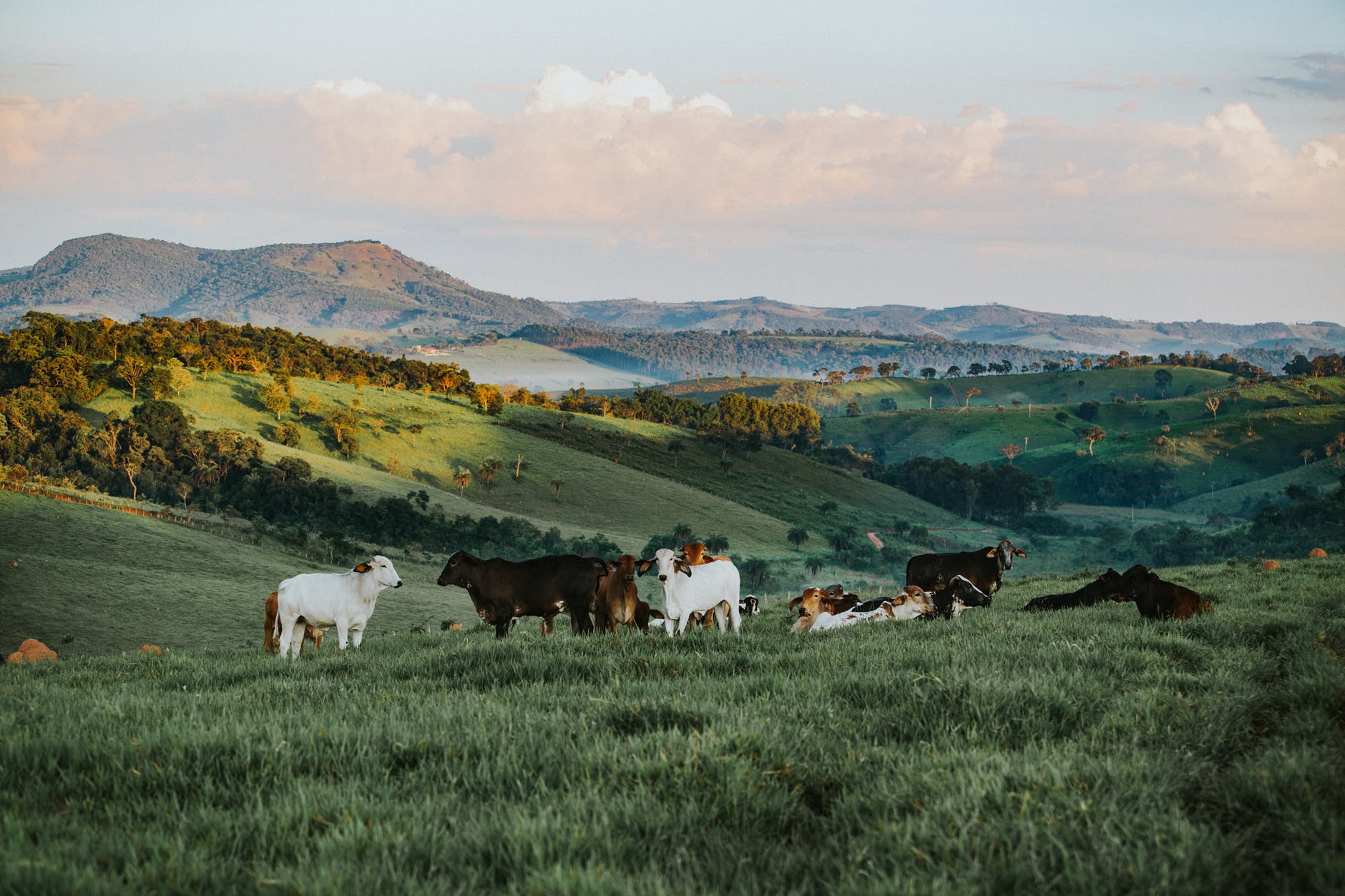Study snapshot: Boulder County ranches, open space have healthiest soil

Sunday, Jan. 5, 2020
Elizabeth Black has become a familiar face to Boulder city council members. A former river guide and registered nurse and current self-avowed climate champion, Black returns week after week to deliver witty, informative presentations on issues related to local agriculture.
In late 2019, she presented a two-part series entitled, “As the Headgate Turns” to help explain the finer points of water rights. Her illustrative slides and pithy talking points draw appreciative smiles and laughter from the crowd, entertaining even as they educate. Her most recent presentation, and the one she has planned for next Tuesday’s open commentDedicated time at the beginning of regular council meetings, where up to 20 members of the public ca..., may raise a few eyebrows as well.
Black is sharing early numbers from a 10-year soil health study she helped organize. The results may be surprising to some: organic farms, on average, don’t have any healthier soil than conventional ones. And areas where the soil is largely left alone — ranches and open space — are performing best of all.
“Every single grower I’ve ever talked to believes they are improving their soil health, whether they are or not,” Black said. “They all believe what they are doing is making their soil better. How can we prove it?”
The data comes amid council considerations over the future of agriculture and carbon sequestration on Boulder’s vast open space lands. Debate over current practices has been stirred by controversial prairie dog management. As the city considers what ag should look like in the decades to come, the results of Black’s study may be a useful guide.
Organic not outperforming conventional farming
According to 96 samples taken across 40 participating sites, organic and conventional farms have roughly the same soil health. The median score for organic farms and ranches was 13.62; for conventional, it was 13.67. Non-farm sites — open space grasslands, forests and fallow fields not currently in production, and two golf courses — were best of all, with an average score of 20.67.
In Colorado — beset by alkaline soil and an arid climate — scores typically range between 2 to 15, according to information provided by Black. Scores above 18 are rare in the state, reads a provided quote from Kearney, Nebraska-based Ward Laboratories, which analyzed the samples.
Boulder County is doing well overall, with scores ranging from 3 to 36. Roughly one-third of samples were above 18. Non-farm, conventional and organic agriculture were represented among the top 10 healthiest sites: the top three were non-farm; two were conventional ag and one organic (though the No. 11 and 12 spots were organic farms as well).

Black is loathe to draw any conclusions from such a limited sampling. Where things became more clear was tillage style. Black divided the 96 samples by amount of tillage: zero (livestock pasture, hayfields and open space grasslands or forests) reduced (hand tilling, strip-till or key-line plowing) and conventional tillage.
Consistently, the sites with less tillage had the healthiest soils. Those that were irrigated did slightly better because, as Black put it in the annual report, “Water is LIFE!”
That led to the only two definitive conclusions in the annual report: “If you have supplemental life-giving irrigation water (and) if you disturb your soil less and till less intensively” your soil will improve.
Median soil health by tillage style
Zero till: 20.05 (Irrigated: 20.94; Dryland: 17.26)
Reduced tillage: 13.29 (Irrigated: 15.21; Dryland: 7.88)
Conventionally tilled: 9.76 (Irrigated: 9.94; Dryland: 6.53)

“People have a really hard time getting their head around the fact that tillage is destructive,” Black said, “because we’ve seen it for so long and we’ve done it for so long and the view of that freshly tilled field with all the neat little rows” is an iconic image of American farming. “It just looks so abundant and cared for and orderly. But it’s really, really hard on the soil.”
Cattle ranching: Good or bad?
Among the highest-scoring sites were pastures used to graze cattle and other livestock. That makes sense on a biological level, Black said, because many of these lands were once home to grazing buffalo.
A movement has sprung up around the idea of mimicking how roaming herds used to manage the lands: Holistic Planned Grazing. Boulder-based global nonprofit Savory Institute — named for Allen Savory, the creator of the technique — advocates for very intense grazing for short periods of time. That style of management, adherents claim, will reduce the “desertification” of land and allow it to sequester more carbon.
In Black’s telling of the Savory method, the key lies in allowing the land to rest in between grazings. That’s why prairie dogs can be so devastating to the land, she believes: Once they move in in great enough numbers, they’re very difficult to move out.
Ranchers and farmers from around the county — Black among them — have testified before council armed with pictures of once-green, now denuded landscapes. They speak of reduced hay production, shrinking pastureland, abandoned fields. By the city’s own admission, at least 300 acres are not being leased due to prairie dogs.
The Open Space Board’s recommendation of exploring lethal means of control drew heavy backlash from the public (though the majority of Boulder County residents support the move). Some members of city council to question whether open space land should be used for ranching at all.
Savory’s approach has its detractors as well. As the Sierra Club noted in an extensive piece, results have been difficult to replicate, and the environmental impacts of beef production are many, from water use to methane emissionsIn this context, the GHG that are released into the atmosphere from the burning of fossil fuels to g....
Even critics of Savory have noted that grazing is not always harmful. Well-managed, it can be beneficial, depending on intensity, duration and, of course, the conditions of the land and climate.

That is Black’s point, too. Solutions in Boulder County can’t be one-size-fits all, she said, and shouldn’t exclude any single practice without adequate data. That, she cautions, is something we don’t have yet.
“These findings that I have right here, this is just a snapshot,” she said. “It’s not telling you which direction everybody is going, whether they’re getting better or getting worse. That’s why we’re going to do this for 10 years. People are going to have to be patient. It takes a long time to figure this stuff out.”
She views the study as a challenge to Boulder’s tendency to base policies on philosophy (cows = bad; prairie dogs and organic farming = good) rather than reality. For instance, samples returned in this round also highlighted that 25 farms (18 organic and seven conventional) had dangerously high levels of phosphorous, which can pollute waterways and prevent plants from absorbing other nutrients.
Just as with grazing cattle, there are ways to mitigate the negative impacts of phosphorous buildup. Reducing complicated land management policies to simple good/bad categories is reductive, Black argues.
“People want so badly to have things be black and white. It’s just not the way the world is. It’s all shades of gray.”
Furthermore, Black said, we need food for people to eat; we need the land to grow food The question she wants this study to answer is, How can we accomplish that in the least-disruptive way? Or, possibly, in a way that adds benefit by using the land to grow or raise food and capture some of our atmosphere’s excess carbon?
“What is going to disturb things less?” she said. “I don’t really know. I don’t know how this is all going to play out.”
More about the Citizen Science Soil Health Project
40 participants: 34 in Boulder County, 4 in Weld, 2 in Larimer
- 11 Boulder County Parks and Open Space lessees
- 6 City of Boulder Open Space and Mountain Parks lessees
- 17 conventional growers
- 20 organic growers
- 9 ranchers
- 2 golf courses
- 4 sugar beet farmers
- 20 fruit or vegetable growers
- 8 small animal producers
- 2 tree farms (including Black’s)
- City of Boulder open space 21 sites include: 11 grasslands, 4 burned and unburned forests, 4 newly occupied prairie dog agriculture and 2 formerly occupied prairie dog agriculture
Project Advisers: Sylvia Hickenlooper, National Resources Conservation Service; Lauren Kolb, Boulder OSMP; Brian Coppom, Boulder County Farmers Market
Total expenditures: $19,023.62
- Largest expenditures: 85 soil tests: $7,063.20; Personnel: $5,000; Soil probes: $3,094.72
Total income: $24,433.40
- Boulder County Parks and Open Space (donation): $500
- Boulder County Sustainability Office (donation): $500
- Stephanie Dobie: $250
- Tana Schultz: $1,000
- Harvey Gardiner: $250
- Natural Capitalism: $250
- Phyllis J Hunt: $250
- Boulder Open Space Conservancy: $500
- Water Users Association, District 6: $250
- Boulder County Farmers market: $500
- Boulder Valley and Longmont Conservation Districts: $500
- Boulder County Open Space Foundation: $500
- City of Boulder OSMP (contract): $8,400
- Western Sustainable Agriculture Research and Education grant: $7,440
- Grower payments for extra tests: $1,943
To learn more about other projects focused on soil health and carbon sequestration, visit the Times-Call and Daily Camera.
— Shay Castle, boulderbeatnews@gmail.com, @shayshinecastle
Want more stories like this, delivered straight to your inbox? Click here to sign up for a weekly newsletter from Boulder Beat.
Climate Open Space alkaline Boulder County carbon sequestration cattle city council city of Boulder Elizabeth Black emissions farming open space Open Space Board of Trustees Open Space Mountain Parks prairie dogs ranching Savory Institute soil health tillage Ward Laboratories water rights


Shay, I learned a lot from this article, and I thank you very much for studying this and putting it together for your readers.